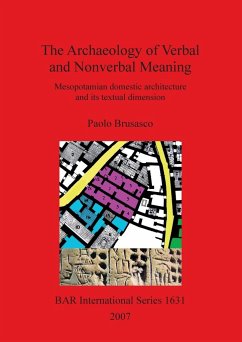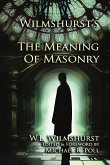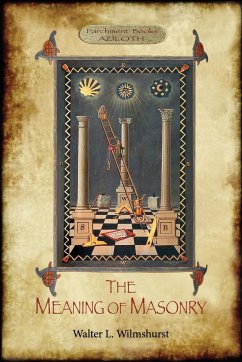Mesopotamian houses excavated at Ur and Nippur represent a unique archaeological context for the analysis of the interaction of verbal and nonverbal sign systems in that archaeologists can combine archival evidence of the III-II millennium BC with well-preserved house layouts. This work provides a general framework for the interpretation of other sites where textual evidence is absent or not in context. Although the aims of the book are multiple, the main objective is theoretical: The author goes beyond the interpretation of Mesopotamian domestic sociology and offers a semiotic theory of verbal and nonverbal meanings, useful for archaeology in general.
Hinweis: Dieser Artikel kann nur an eine deutsche Lieferadresse ausgeliefert werden.
Hinweis: Dieser Artikel kann nur an eine deutsche Lieferadresse ausgeliefert werden.








